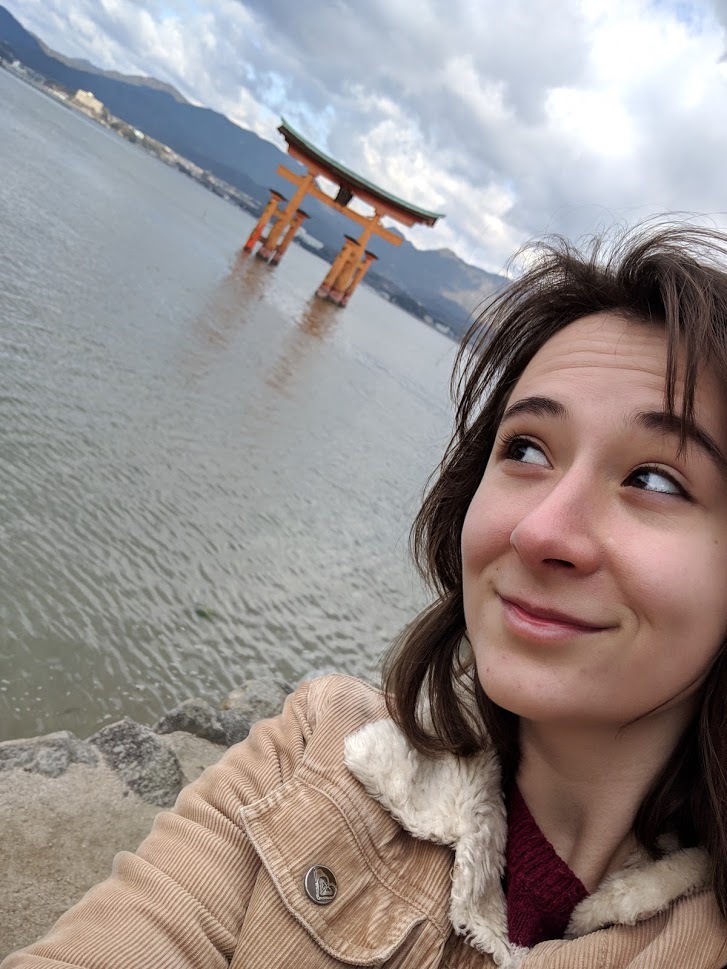Research
Here’s a short summary of what I worked on during my PhD.
Binary stars
My PhD research focused on extreme binary stars in the SuperWASP all sky survey.
From searches of the SuperWASP and ASAS-SN catalogues, I identified a set of candidate stars that appear to be long-period examples of near-contact eclipsing binaries, with orbital periods of up to a month or more. To be in contact, or near contact, at such long periods requires the stellar components to be giants. Such objects have been proposed as the progenitors of red novae, but none have been conclusively identified pre-nova. This is a newly recognised, unusual configuration of binary stars.
I conducted 2 year long programme of multi-colour photometry of these targets using the LCO robotic telescopes and The Open University’s own PIRATE observatory and taken spectroscopy of northern candidates with the Liverpool Telescope, and southern candidates using the SAAO 74-inch telescope and SALT. By combining the multi-colour photometry with radial velocity spectroscopy, I modelled the parameters (masses, radii, temperatures, etc.) of the stellar components using the Wilson-Devinney code, implemented in the PHOEBE modelling package. I also modelled the evolution of the binaries using MESA and binary_c.
Citizen science
A period-search of the entire SuperWASP catalogue has identified ~1.6 million potential periods in ~750,000 objects. We are asking citizen scientists to help us classify this huge number of light curves as part of the SuperWASP Variable Stars Zooniverse project.
Citizen scientists are asked to classify light curves as simplified variable star types: eclipsing binary stars, pulsating stars, rotationally modulated stars, or simply junk or unknown, and are asked whether the period is correct, incorrect, or half the correct period.
I analysed the first ~1 million classifications from citizen scientist volunteers, finding 301 brand new variable stars, eclipsing contact binaries near the short-period cutoff, and new configurations of long period binary stars. I also characterised the accuracy of volunteer classifications, and detailed the future of the project, including the use of Convolutional Neural Networks and the creation of a new user interface to allow anyone to access the data and results.
You can try your hand at classifying variable stars here and find my paper on the project here.
The rotation-activity relation
Previously, my research focused on a different aspect of stellar variability: rotation.
In general, the faster a star is rotating, the greater its X-ray flux. At a certain point, this relationship changes and the X-ray flux stays constant even with an increased rotation rate. For the extremely fast rotating stars, the relationship breaks down and the X-ray flux decreases with an increased rotation rate. This is known as the rotation-activity relation.
I used observations from SuperWASP, ASAS-SN, and XMM-Newton to investigate unique stars displaying both a rotational modulation in their light curve, and with a corresponding X-ray flux detection, and characterised the rotation-activity relation.
You can find my paper on the rotation-activity relation here.
Megaconstellations
Megaconstellations are a big threat to ground-based astronomy. I collaborated with an international team of astronomers to tackle the issue from an optical-astronomy point of view. You can check out our paper on satellite internet affordability and need here.
Observing
Being hands on with a telescope was one of my favourite parts of astronomy. Here’s a short list of the telescopes I worked on.
